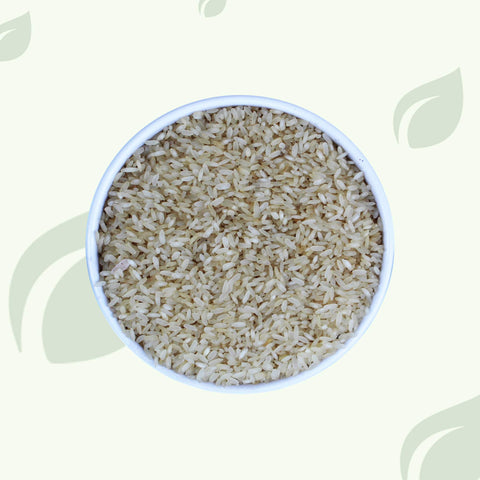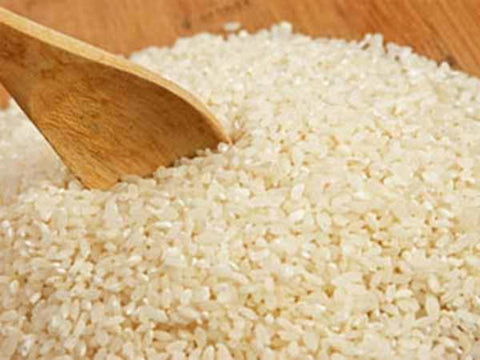Growing Thanga Samba rice brings several environmental benefits, making it a sustainable choice for agriculture. Here are some of the key environmental advantages of cultivating Thanga Samba rice:
Water Conservation:
Thanga Samba rice is known for its ability to thrive with less water compared to other rice varieties. It has a higher water use efficiency, meaning it requires less

irrigation water to grow. This reduces the strain on water resources, promotes water conservation, and contributes to sustainable agriculture practices.
Biodiversity Preservation:
Thanga Samba rice is typically grown using traditional farming methods, which prioritize biodiversity. Farmers often cultivate it in small-scale, diverse cropping systems, allowing for the coexistence of different plant and animal species. This promotes biodiversity conservation and creates habitats for beneficial insects, birds, and other wildlife.
Reduced Chemical Inputs:
Thanga Samba rice cultivation generally relies on organic or low-input farming practices. Farmers avoid or minimize the use of chemical fertilizers and pesticides, opting for natural alternatives. This helps reduce the environmental impact associated with chemical runoff, soil degradation, and pollution of water bodies.
Soil Health Enhancement:
The cultivation of Thanga Samba rice is often carried out in a manner that prioritizes soil health and fertility. Organic matter, such as farmyard manure and compost, is commonly used to enrich the soil and improve its structure. This enhances soil biodiversity, nutrient cycling, and water-holding capacity, leading to healthier and more resilient agricultural ecosystems.
Carbon Sequestration:
Thanga Samba rice cultivation can contribute to carbon sequestration, helping mitigate climate change. When organic farming practices are employed, the carbon content in the soil increases, acting as a carbon sink. Additionally, the practice of water management in Thanga Samba rice fields, such as intermittent irrigation, reduces methane emissions, a potent greenhouse gas produced by flooded rice fields.
Reduced Energy Consumption:
Thanga Samba rice requires less energy-intensive inputs compared to modern rice cultivation practices. The traditional farming techniques used, such as manual labor and traditional implements, reduce the reliance on fossil fuel-based machinery. This leads to lower greenhouse gas emissions and contributes to a

more sustainable agricultural system.
Preservation of Indigenous Varieties:
Cultivating Thanga Samba rice helps preserve indigenous rice varieties and the associated genetic diversity. By growing and consuming these traditional rice varieties, farmers and communities contribute to the conservation of local agricultural heritage and safeguard against the loss of unique genetic resources
In conclusion, growing Thanga Samba rice offers several environmental benefits. It conserves water, preserves biodiversity, reduces chemical inputs, enhances soil health, sequesters carbon, lowers energy consumption, and promotes the preservation of indigenous rice varieties. By choosing Thanga Samba rice, farmers and consumers support sustainable agriculture practices that protect the environment and contribute to a more resilient and ecologically balanced food system.












